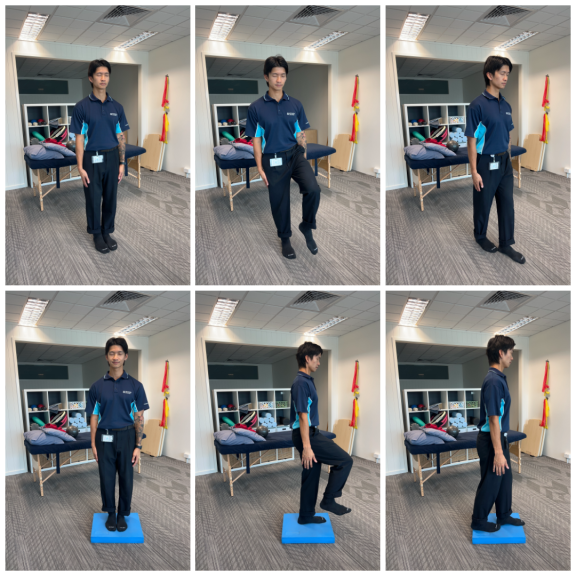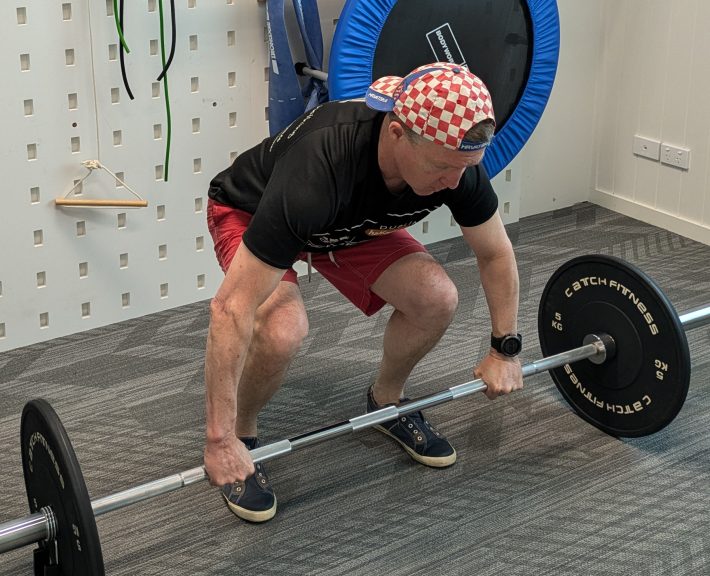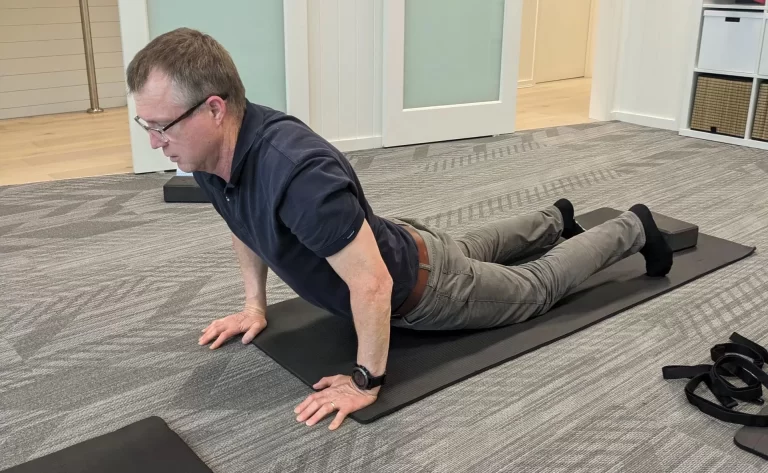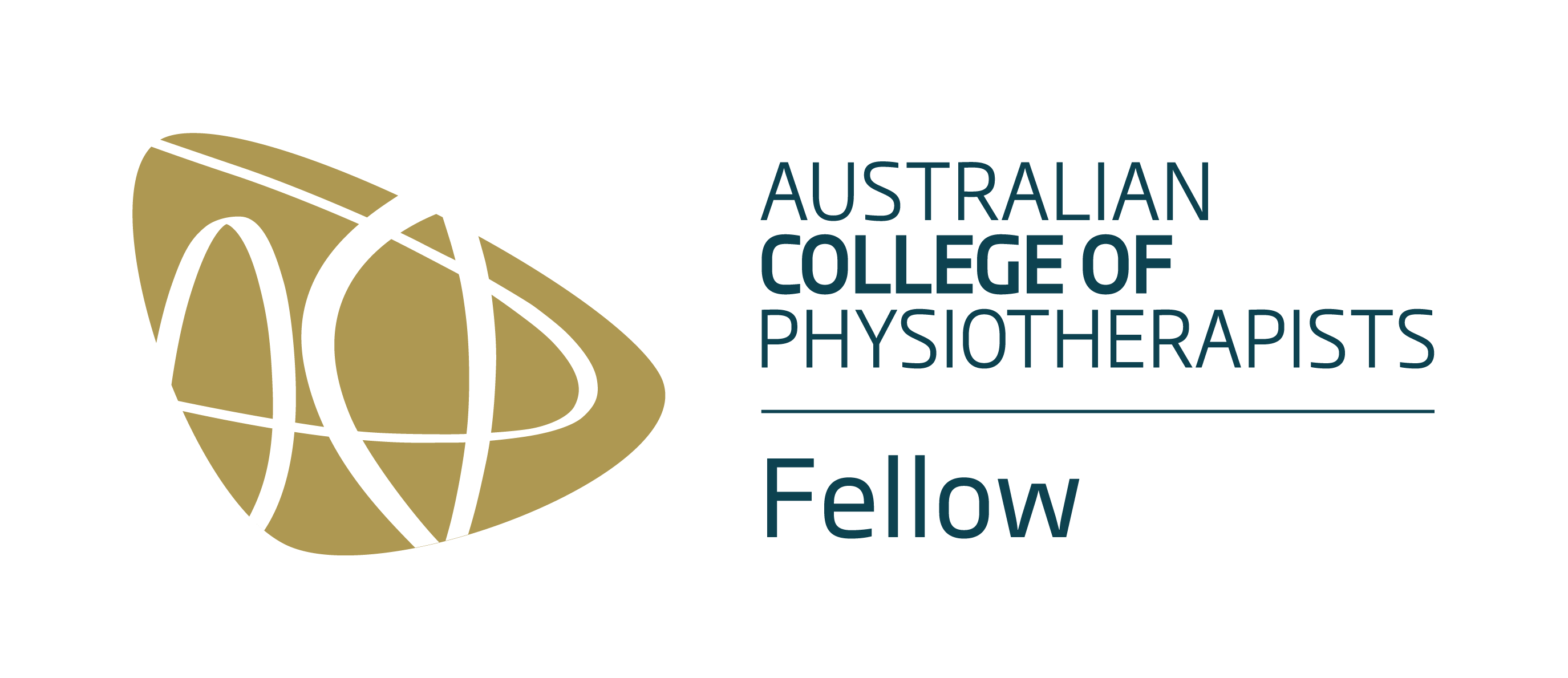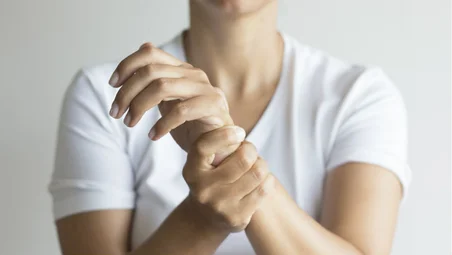
De Quervain’s tenosynovitis is a painful condition that affects the tendons in your wrist. It occurs when the two tendons around the base of your thumb become swollen. The swelling causes the sheaths (casings) covering the tendons to become inflamed leading to pain.
Causes
The most common cause of de Quervain’s tenosynovitis is chronic overuse of the wrist. Repetitive movements day after day cause irritation and pain. One example of common repeated movement we see at the clinic is repetitive lifting a child into a car seat. Another is lifting heavy grocery bags by the handles. Other causes could include a direct injury to the wrist or inflammatory arthritis.
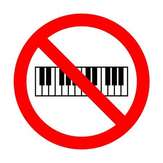 The science tells us you are more likely to develop de Quervain’s tenosynovitis if:
The science tells us you are more likely to develop de Quervain’s tenosynovitis if:
- You are a woman.
- You are 40 years of age or older.
- Your hobby or job involves repetitive hand and wrist motions such as keyboarding or playing the piano.
- • Pregnancy. Hormonal changes during pregnancy and breast-feeding lead to more fluid retention. The fluid can increase pressure in the tendon casing.
- You have arthritis.
Symptoms of De Quervain’s Tenosynovitis
The main symptom of de Quervain’s tenosynovitis is pain or tenderness at the base of your thumb. You might also feel pain going up your forearm. The pain may develop slowly or come on suddenly. It may get worse when you use your hand, thumb, or wrist.
Other symptoms include:
- Swelling near the base of your thumb.
- Numbness along the back of your thumb and index finger.
- A “catching” or “snapping” feeling when you move your thumb.
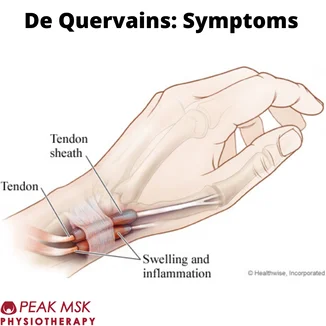
Managing De Quervain’s Tenosynovitis
Treatment for de Quervain’s tenosynovitis focuses on reducing pain and swelling. It includes:
- Applying ice around the painful area for the first 48 hrs then switching to heat.
- Nonsteroidal anti-inflammatory drugs such as nurofen.
- Avoiding activities that cause pain and swelling. Especially activities that involve repetitive hand and wrist motions.
- Altering the way you move your wrist to reduce stress on the wrist.
- Exercises to strengthen and stretch muscles in the wrist.
- Wearing a splint to rest your thumb and wrist to allow the tendons to heal adequately.
- Physiotherapy treatment to address weakness, of the wrist hand or forearm muscles. This may includes treatment of referred of wrist pain from the neck or the radial nerve of the arm.
Reference:
Ilyas, A . Nonsurgical treatment of de Quervain's tenosynovitis. J Hand Surg. 2009;34A:928–9.
Ilyas, A . Nonsurgical treatment of de Quervain's tenosynovitis. J Hand Surg. 2009;34A:928–9.










